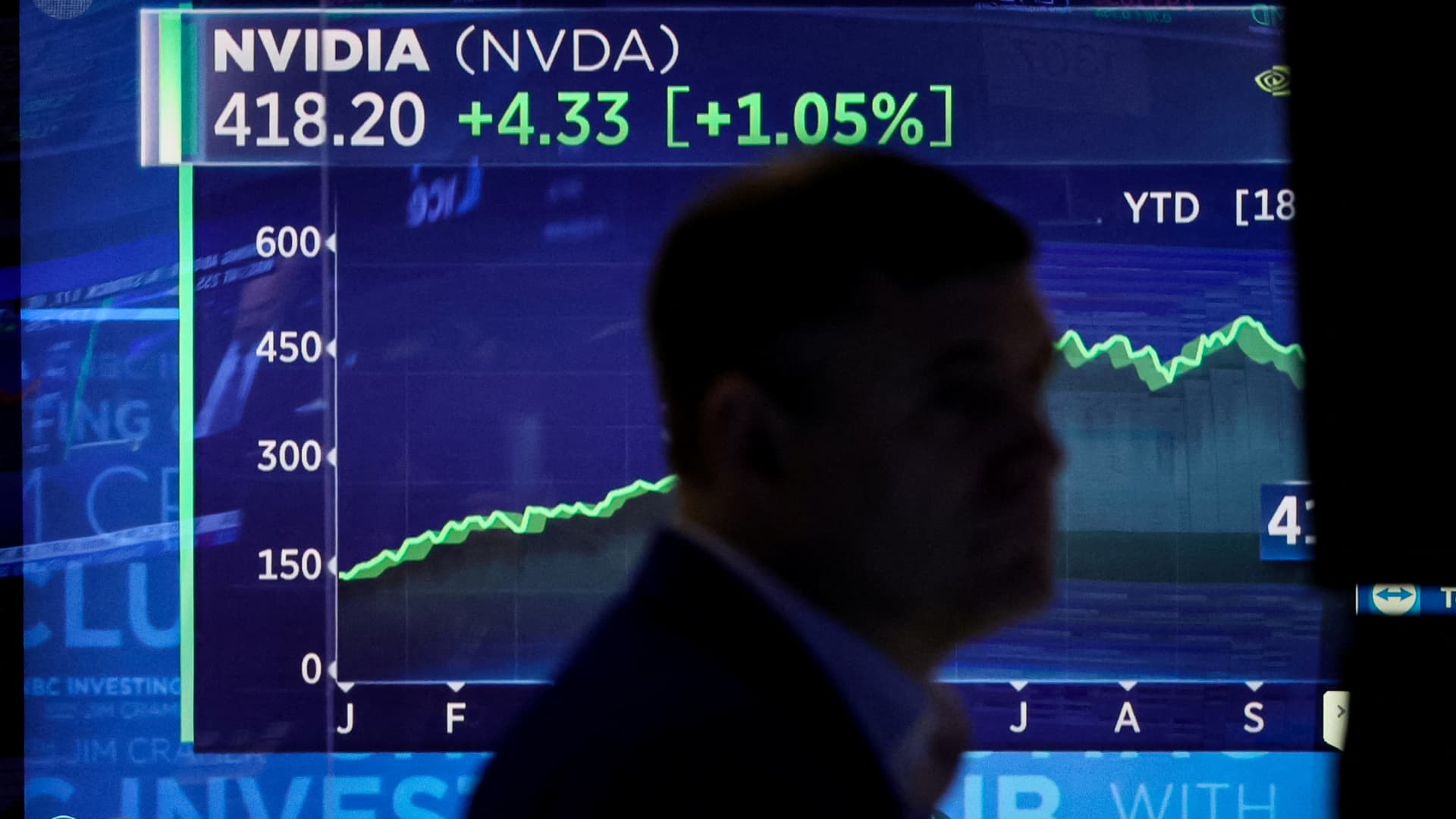Wall Street is starting to open its checkbooks for new stocks again, and the growing confidence is helping to boost an ETF that tracks some of the biggest entrants of the past three years. As stocks fell into a bear market last year and interest rates jumped sharply, the market for initial public offerings ground to a halt. But 2023’s market comeback appears to be stimulating demand for new issues. Cava Group and Oddity Tech have both seen big rallies in their debuts this summer, while secondary stock offerings raised tens of billions in the second quarter , according to Dealogic. And investors have warmed up to less-proven stocks in general, as shown by the Renaissance IPO ETF (IPO) . The fund has jumped 41% year to date. IPO YTD mountain The Renaissance IPO ETF has outperformed the S & P 500 in 2023. The fund is rebalanced every three months, and holds the largest stocks by market cap that have come public over the past three years, provided they pass other criteria, such as liquidity. The ETF tracks a custom index from Renaissance and FTSE Russell. The result is a fund that holds some of the largest companies that are not yet in other popular indexes, like the S & P 500. “If a company does well, their market cap is going to be larger. So you do kind of get that diversification — that you’re getting the biggest, kind of best names in our fund,” said Avery Spear, senior data analyst at Renaissance Capital. It is difficult for retail investors to gain exposure to IPOs, even with an ETF. Notably, the Renaissance fund does not participate in the IPOs themselves, so it won’t capture the first day “pop” often seen with new offerings and that sometimes account for the majority of a stock’s positive return, if any, in its first year on the market. In fact, the fund still does not hold Cava, which went public in June. The fund does not have any restrictions around concentrations in specific industries. However, it does cap individual stocks at a 10% weighting on each rebalance. Currently, the largest holding is Airbnb , which has rallied to a weight above 11%. “Right now, it’s very tech-heavy, which is to be expected after 2021 when a lot of big tech companies went public,” Spear said. “But there is some control in the sense that you are not going to be overexposed to any one name much more than 10%,” Spear said. The fund launched in 2013 but still has less than $300 million in assets, despite its rally this year and $55 million in net inflows so far in 2023. It has an expense ratio of 0.60%.








